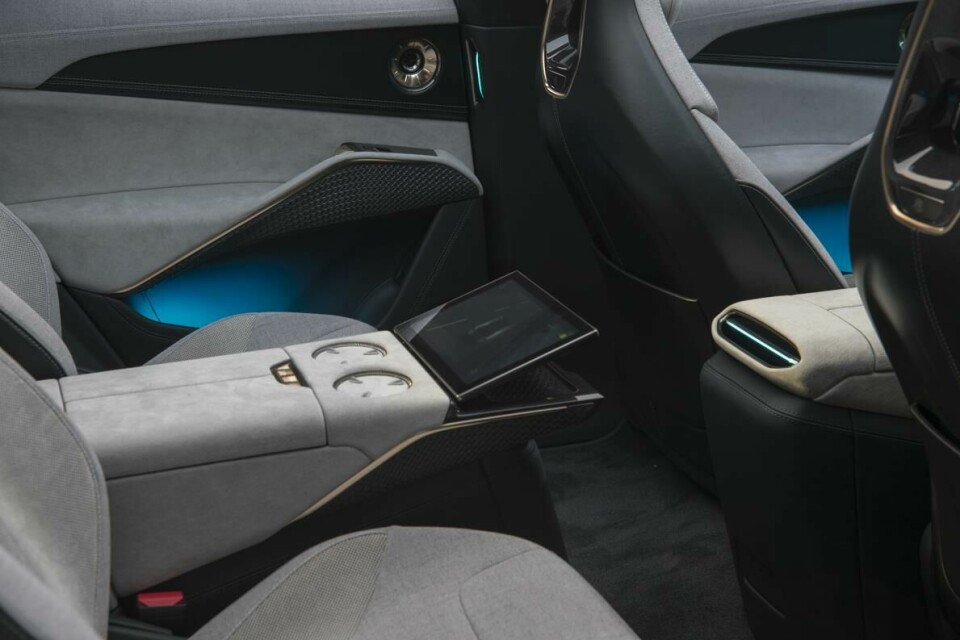
From neglect to respect: Car interiors become a priority
In a recent Car Design News livestream, experts from General Motors, Lotus and Lawrence Technical University discuss the future of vehicle interiors and look back on what has changed
It is no secret that automotive interior design is undergoing a radical transformation. Among other things, the shift to electric powertrains and a focus on sustainability and connectivity is driving the movement.
Further out, autonomous vehicles also raise some important – and challenging – questions. Design teams must consider where passengers sit in the vehicle; how they can spend their time; and how useful information is communicated to riders. Even today, partially-autonomous driving systems are already causing headaches in this respect.
To coincide with the print relaunch of influential design magazine Interior Motives, Car Design News’ latest livestream gathered designers from General Motors, Lotus and Lawrence Technical University. They addressed the evolving user experience, multi-modal interiors, how to tackle sustainability and the emergence of new technologies and materials.
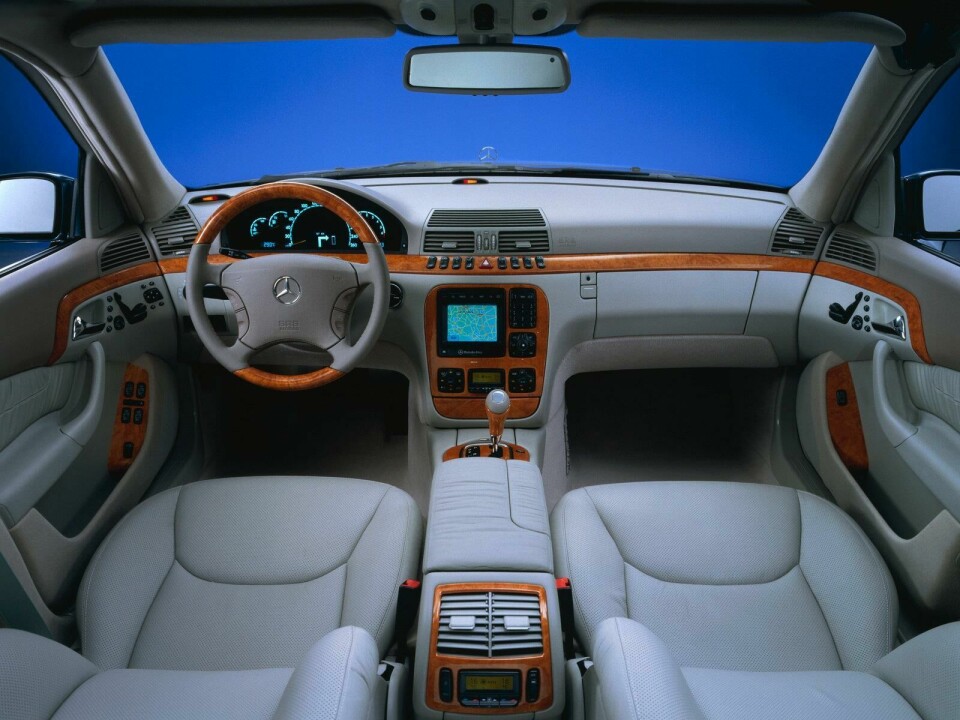
Much has changed from the early days of automotive interior design, which was once jokingly referred to as ‘inferior design’. Designers were underfunded, understaffed and underappreciated. Many were lucky to get a proper desk. Senior management would often breeze through the interior studios almost as if they were not there. Exteriors were where it was at.
Exterior designers were once considered the ‘rockstars’ of the field, with interior designers the ‘orchestra musicians’ by comparison
Interiors have since moved to the forefront of automotive design, but as the CDN panellists recall, it was not always this way. “We would set up design meetings for leadership meetings and they would walk right through to the exterior team and then leave,” observed Elizabeth Wetzel, co-director of transportation design at Lawrence Technological University. “In some cases that was good because we had the freedom to do what we wanted, but in others we were not afforded the budget, headcount or support to take interiors to their full potential. As designers at the time, we felt interiors were a little neglected.”
Bryan Nesbitt, executive director, global Cadillac design at General Motors, recalls that on a tour of one automaker’s design studios early in his career, there was no dedicated space set aside for interiors at the time. “There was generally a lack of glamour, interest and marketability as a result,” he conceded.
On reflection of his five decades’ worth of experience in the industry, Peter Horbury, senior vice president of design at Group Lotus, noted that exterior designers were once considered the ‘rockstars’ of the field, with interior designers the ‘orchestra musicians’ by comparison. “Thankfully, that way of thinking is now long gone and the industry has since realised that the interior is a very important part of the job.”
Interior 101
Times are indeed changing, and passengers are becoming more conscious of the technology, fit and finish around them. A striking exterior was once able to balance out a spartan cockpit, but this is no longer the case. This begs the question: what makes a good interior?
Horbury flagged the distinct importance of ergonomics – and particularly in the days where winding handles raised and lowered the windows. Wetzel, an award-winning automotive interior designer for her work on the Opel Adam in 2013 and more recently on the Buick Avenir concept, explained that the focus is generally around functionality and projecting the brand’s personality.
“I believe we will begin moving away from the ‘more is more’ mentality,” observed Wetzel, “and instead the kind of user experience tools will become more diverse.”
Nesbitt shared a similar view, emphasising that passengers are quick to pick up on elements they perceive to be poorly designed: “Be it 30 days, three months or a year, you grow to appreciate the good decisions interior designers make and become very discerning of things that were not done well.”
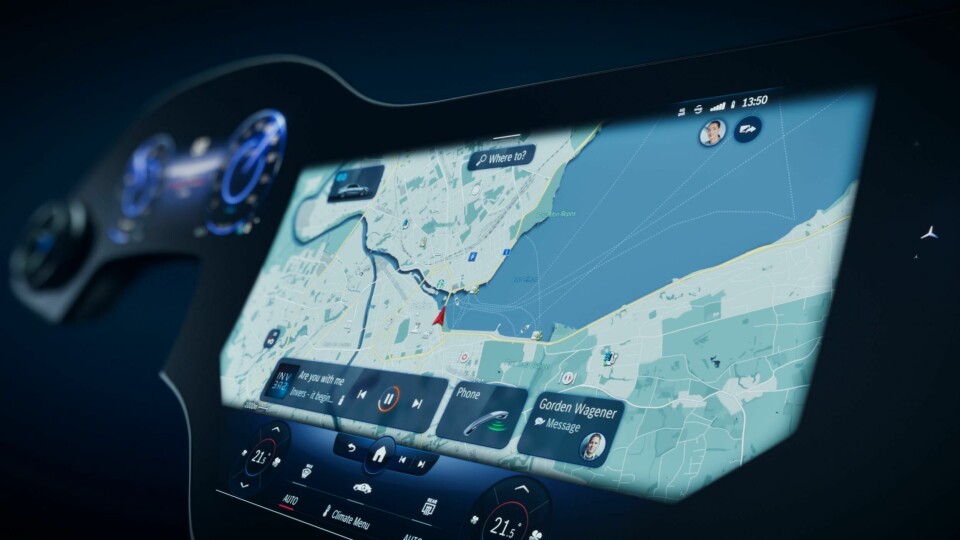
A general reduction in clutter could help matters. A shift away from ‘peak button’ seen during the early 2000s has been quickly supplanted by ‘peak screen’. Both trends brought complications around driver distraction and intuitiveness. In simple terms, all of those touchpoints around the cabin make it difficult to find what is needed. “When you look at those older interiors that were littered with buttons and switches, I’m concerned that we will end up doing that again, but this time on a screen,” noted Horbury. “You have to look away from the road to find out what to press.”
The CDN panellists agreed that a pared-back HMI is likely to become the new normal. This will likely result in ergonomically-placed physical buttons and dials; restrained touchscreens that control entertainment and comfort features; heads-up displays that place critical information in the driver’s eyeline; and an increasingly capable voice-control system that can interpret casual conversation (better known as natural language processing in the industry). Elsewhere, haptic feedback and biometrics will further add to the mix.
“I believe we will begin moving away from the ‘more is more’ mentality,” observed Wetzel, “and instead the kind of user experience tools will become more diverse.”
Autonomous vehicles
Car interiors have, for the most part, been designed around the needs of the driver. Passenger requirements have typically played second fiddle. This has evolved as digital screens and embedded connectivity have become ubiquitous, and as consumer expectations around comfort and convenience surged.
“It used to be all about the exterior,” said Wetzel. “But now that technology and new features are enabling the interior to become more of an experience, that is really shifting.”
Looking ahead, the trend may accelerate. With autonomous driving tech eventually making it possible to take a break behind the wheel, perhaps turning their attention to a film, engaging in conversation or simply taking a nap, the cabin becomes more akin to a living space than a form of transportation.
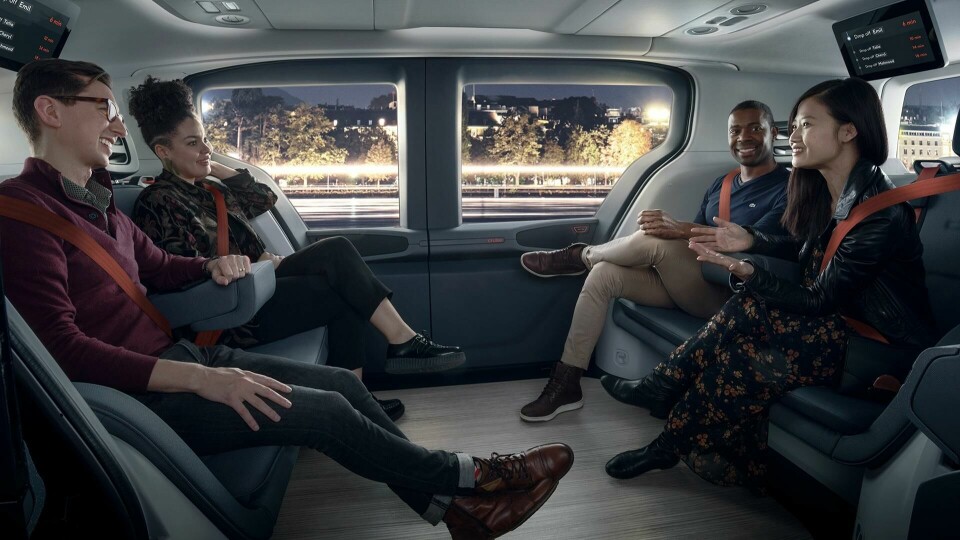
“There is a lot of promise around autonomy. Our time working on the Cruise Origin in San Francisco has led to a lot more ideation around the next steps for the interior,” said Nesbitt. ”If you think about the amount of lost time spent in luxe markets – LA, Shanghai, London – traffic is really backed up. In addition, many people have a long commute to access more affordable housing. How you can reclaim or repurpose that time becomes a real consideration.”
“There is certainly an expectation of the designer to consider the circularity of a material or finished product”
Even for Horbury, who has seen various interior trends come and go since the 1970s, all this presents new challenges. However, he remains excited by the possibilities that lie ahead.
Sustainability
If the future of autonomous vehicles is up in the air, the outlook for sustainable materials is firmly on solid ground. Automakers are deep into research around organic substitutes to leather and plastic, turning to everything from cork and algae to soy and mushroom fibre. There was very little appetite for such solutions even a decade or so ago, but sustainability has since become a central pillar to automotive interior design.
“20 years ago, nobody cared about this kind of stuff,” said Wetzel. “It was not even on the industry’s radar. Now it is at the forefront of the conversations between carmakers, suppliers and everyone else in this space.”
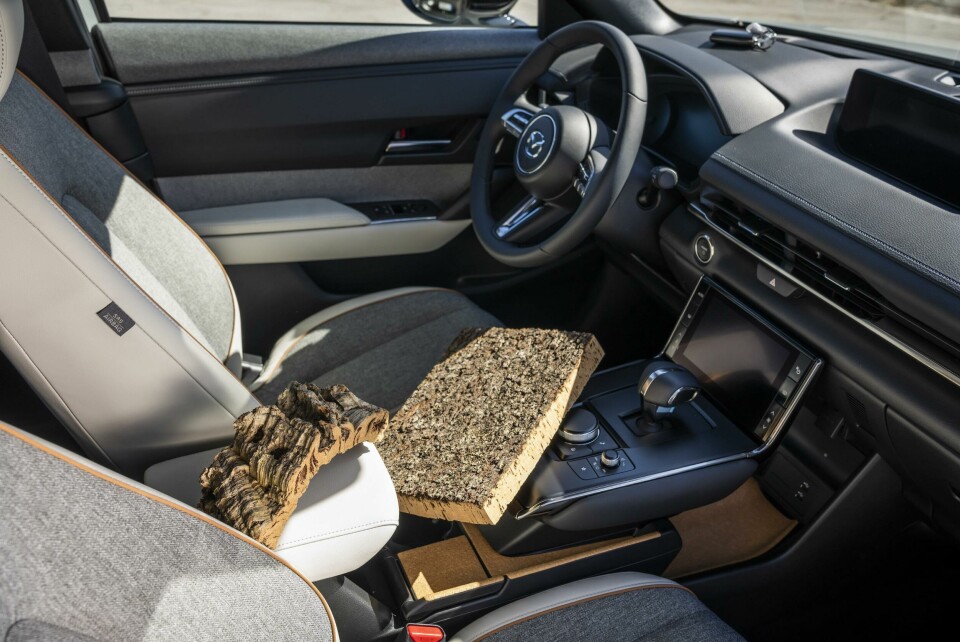
Crucially, these materials must not only be sustainable in the first instance, but on a circular basis. Structures should be able to be broken down and reused – if not for the same purpose then for something else. “There is certainly an expectation of the designer to consider the circularity of a material or finished product,” said Nesbitt.
The challenge becomes producing these innovative kinds of materials at a scale that meets the needs of mass-market manufacturers. “We do have to consider the suppliers that have been asked to build a factory nearby and kit it out with a certain type of technology,” Horbury warned. “They would be quite shocked if they are suddenly asked to produce something completely different, especially when they have already invested billions into a certain way of production.”
From a point of woeful neglect, the automotive interior is finally getting the love it deserves. Click here to watch the full livestream, Back to the Future of Interiors, on-demand.



